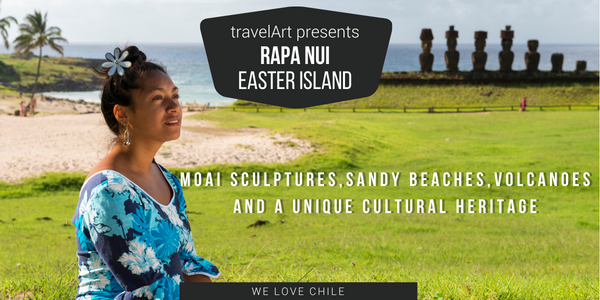
In the middle of the Pacific Ocean and about 3,800 km from the Chilean mainland lies the unique island of Rapa Nui, the “navel of the world”.
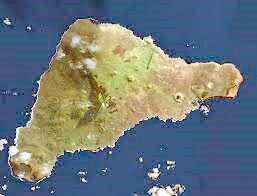
The island is shaped like a triangle with extinct volcanic cones on each of the three island peaks.
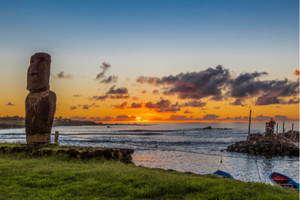
Hanga Roa is the small capital of Rapa Nui. Most of the 8,000 inhabitants of the island live here.
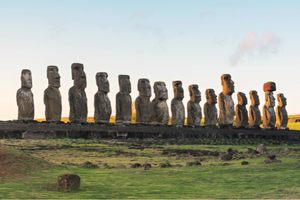
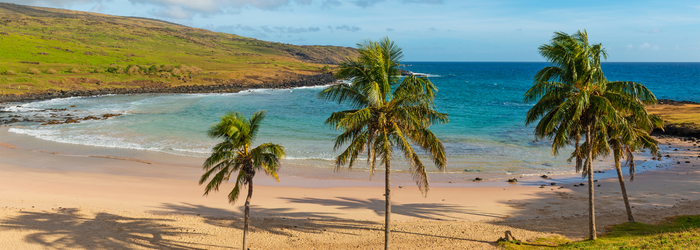
If you want to experience first-hand the exciting culture of the island’s inhabitants, you will be fascinated by the traditional Tapati festival. This festival takes place every year in February and the inhabitants of Easter Island present their music, gastronomy, art, mythology as well as their physical skills within the framework of various sports competitions of individual local teams.
For more information about a trip to Easter Island, please contact your travelArt contact person or send an email to info@travelart.com.

